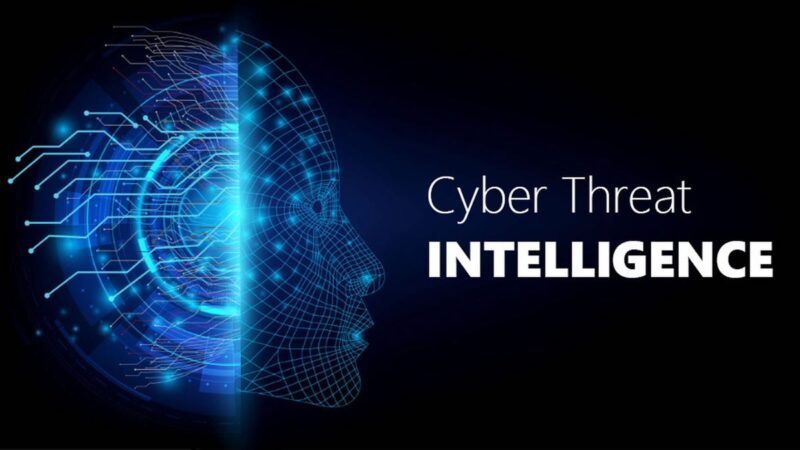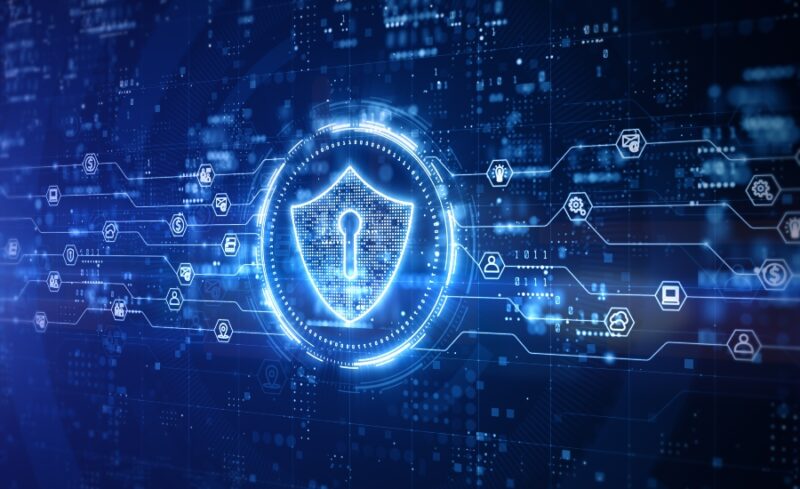Executive protection, the art of safeguarding high-profile individuals from potential threats, is a field that has been significantly reshaped by technology. In an era of evolving dangers and sophisticated security challenges, technology plays an indispensable role in the training of executive protection professionals.
This comprehensive guide delves into how technology is transforming executive protection training and why it is an integral part of preparing individuals for this high-stakes profession. Here is all that you should know on this topic, and here is why you should consider executive protection training.
Top 8 Things You Should Know
1. Enhanced Threat Assessment and Intelligence Gathering

The foundation of any executive protection operation is a meticulous threat assessment and intelligence-gathering process. In the digital age, technology equips executive protection specialists with powerful tools for collecting and analyzing information.
This includes using social media monitoring, open-source intelligence (OSINT), and advanced threat assessment software to identify potential risks, track emerging threats, and stay ahead of evolving dangers. It can help in loads of different situations, ways, and sectors.
2. Interactive Learning with Virtual Reality and Simulation
Executive protection training has transcended traditional classroom instruction, moving towards interactive and immersive learning experiences. Virtual reality (VR) and simulation technologies have opened up new avenues for trainees to practice various scenarios, ranging from protecting a principal during a hostile encounter to planning secure travel routes.
These simulations offer a safe and realistic environment for trainees to learn, make mistakes, and enhance their preparedness without real-world consequences. It allows you to adapt and overcome any form of emerging issues.
3. Cybersecurity Expertise and Data Protection

In today’s interconnected world, executive protection extends its realm beyond physical security to encompass the domain of cybersecurity. Professionals involved in executive protection must grasp the importance of safeguarding digital assets and sensitive information.
Training in cybersecurity best practices, encryption techniques, and data protection is essential for those entrusted with securing confidential data linked to their clients. If you have any type of worries when it comes to your data protection you’ll be in safe hands.
4. Streamlined Communication and Coordination
Effective communication serves as the backbone of successful executive protection operations. Technology has revolutionized how protection teams communicate, employing encrypted smartphones, radio systems, and secure messaging applications to ensure seamless and real-time contact.
These tools are pivotal for swiftly and efficiently responding to emerging threats. It allows you to be on-topic in real time and manage any type of issues accordingly.
5. Secure Transportation with Technological Solutions

In the domain of executive protection, ensuring secure transportation stands as a paramount objective, and technological solutions are pivotal in attaining this objective. The incorporation of advanced technologies, such as GPS tracking systems, vehicle monitoring software, and anti-hijacking technology, guarantees a comprehensive and meticulous approach to transportation security.
These innovative tools empower protection teams not only to maintain the safety and well-being of their clients during transit but also to proactively identify and respond to potential security threats. Through the utilization of real-time tracking and data analysis, technology has significantly bolstered the efficiency and effectiveness of secure transportation, reinforcing its essential role within the realm of executive protection.
6. Surveillance and Reconnaissance Advancements
Surveillance technology has made significant strides, providing executive protection professionals with enhanced capabilities for monitoring potential threats. High-definition cameras, drones, and facial recognition software are now crucial for detecting suspicious activities and individuals.
Without them, we’d be lost and not too sure how to operate even the simplest and smallest tasks. Training in the use of surveillance technology has become a cornerstone of executive protection programs, making them a necessity for most companies.
7. Medical Preparedness with Cutting-Edge Technology

In addition to security threats, executive protection professionals must be equipped to handle medical emergencies. Technology offers advanced medical training simulators, allowing trainees to practice first aid and emergency response effectively.
Furthermore, portable medical devices and telemedicine technology grant security teams access to remote medical guidance, further bolstering their capabilities. It overall helps with your approach and resolves different issues and targets. Who would have thought that you could apply it in the medical world as well?
8. You Have To Find An Expert In The Field
Not everyone offers reliable results or the same type of reliability. This is why pwa.edu should be your go-to source. Established in 2012, the primary objective behind the creation of PWA was to impart fundamental knowledge about physical security operations and close protection to individuals.
Recognizing a critical gap in the security industry, PWA’s parent company, Advanced Security Concepts, Inc. (ASC), observed that a significant number of applicants, irrespective of their military background, were deficient in the essential skills and information necessary to excel as security professionals. Military experience is not required and everyone should try it out and see how they like it.
Why Try It Out?

An interesting fact about technology’s impact on executive protection training is that certain programs incorporate gamification methods, transforming security simulations into entertaining and competitive experiences. This approach allows trainees to acquire essential skills while relishing the excitement of virtual challenges, making the learning process not only effective but also enjoyable.
PWA will help and assist you with the necessary certifications once verified and cover any additional fee that’s associated. The Certified Executive Security Specialist Program includes 39 days of training spread out within 8 weeks, making it easy and manageable for most individuals.
Conclusion
Technology has become an indispensable component of executive protection training, offering professionals the means to better prepare for complex and ever-evolving security challenges. As the executive protection field continues to advance, embracing technology is not just an option but a necessity.
For those aspiring to excel in this high-stakes profession, a comprehensive understanding of technological tools and practices is vital for delivering the highest level of security and assurance to clients. By staying at the forefront of technological advancements, executive protection professionals can confidently safeguard their clients in an increasingly interconnected and unpredictable world.

